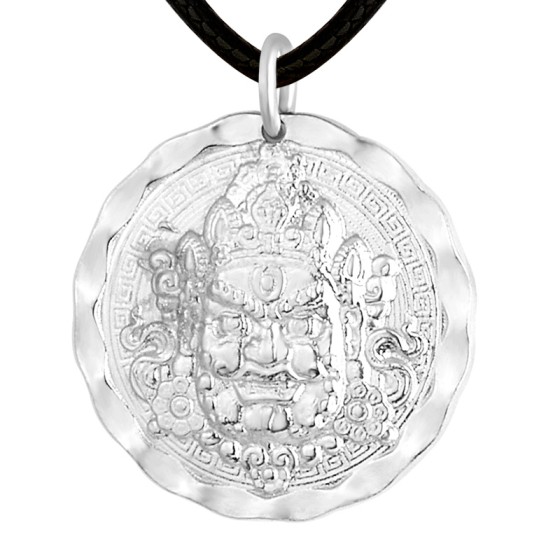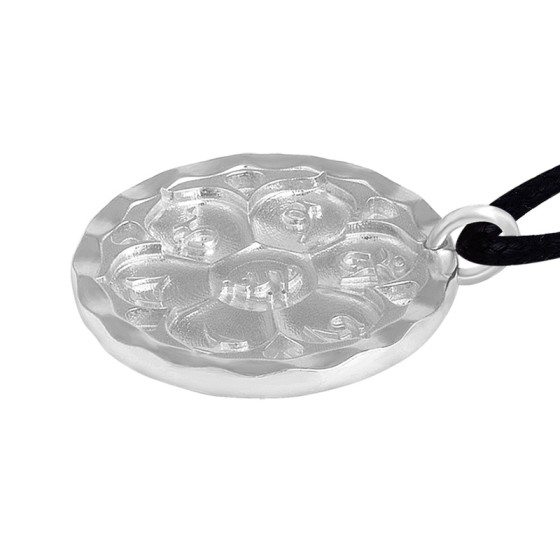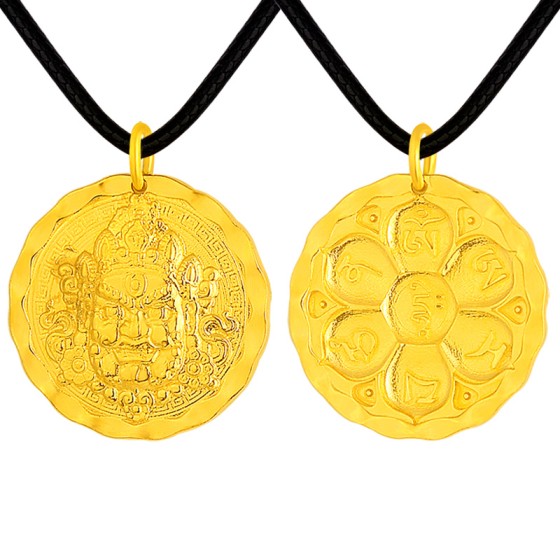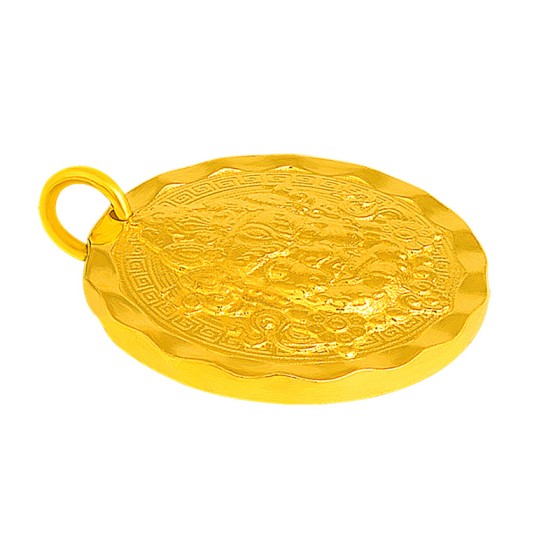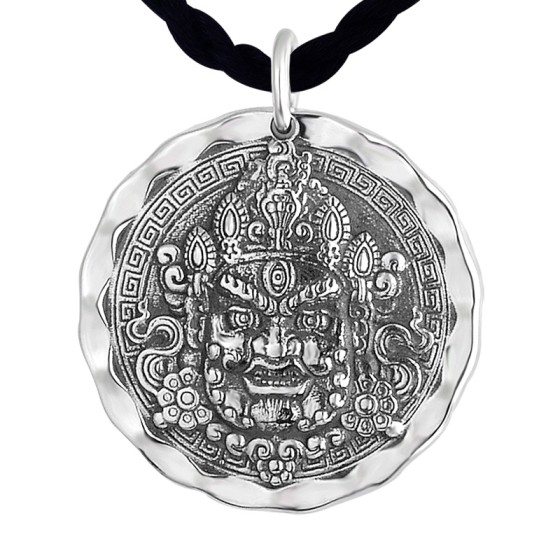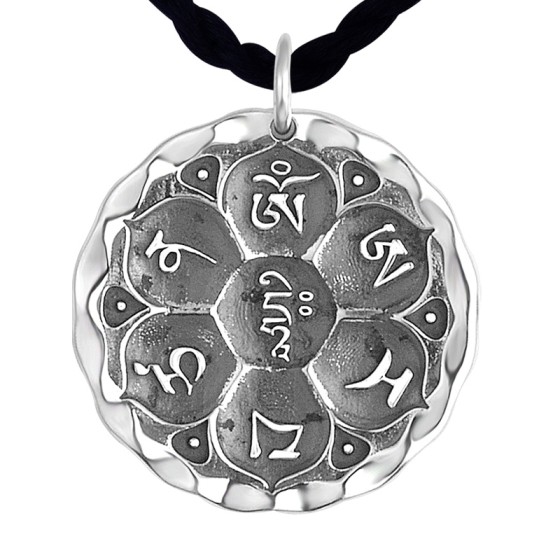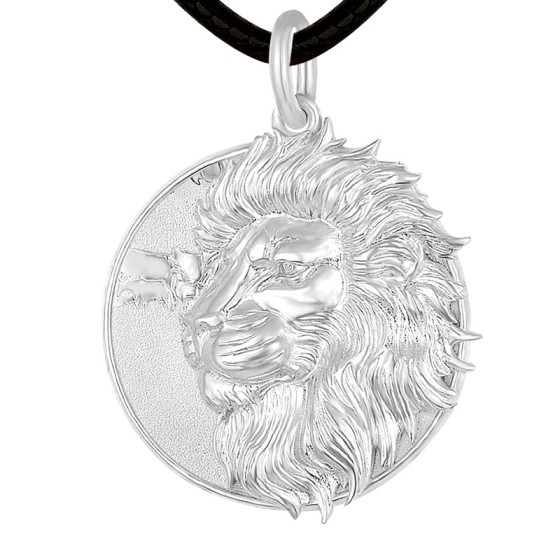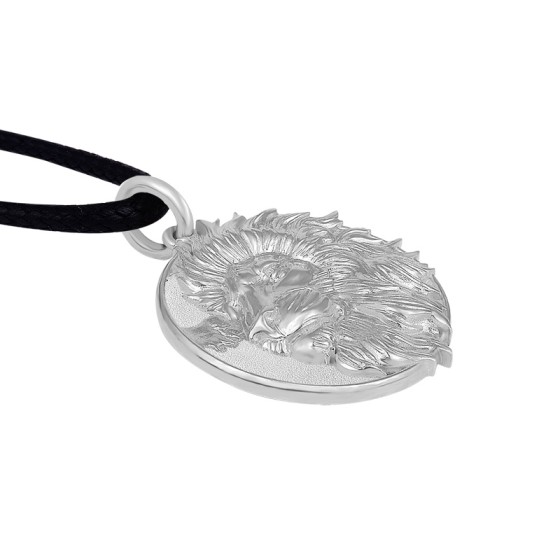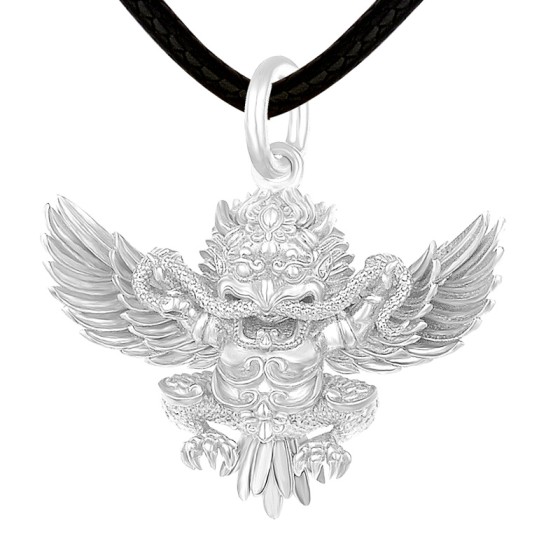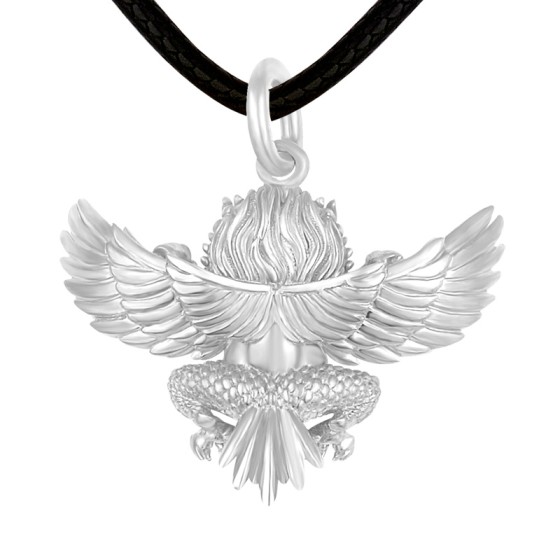Diamond cutting: why is it the most important factor in the "4C"?
Diamond cutting: why is it the most important factor in the "4C"?

When choosing diamonds, we often emphasize to our customers that cutting is the most important criterion in the "4C". It determines how much brilliance a diamond can shine, directly affecting its visual beauty and brilliance. For the most popular round brilliant cut diamonds, we strongly recommend that you only consider diamonds that have obtained the GIA "Excellent" cutting grade. This rating is the most reliable guarantee to ensure that diamonds have excellent fire color, brightness, and shimmer.
However, even the same level of "excellent" cutting is not completely the same. Some diamonds are more inclined towards brightness, while others have a slight advantage in fiery colors; Some pursue ultimate symmetry and present clear "heart and arrow" patterns. These subtle differences do exist, but their impact is minimal compared to the differences in cutting levels themselves. By choosing a diamond with an "excellent" cut, you have already completed 95% of the work. Leave the remaining 5% to your eyes - observe and compare for yourself, and find the one that moves you the most.
As the world's most authoritative diamond appraisal institution, GIA (Gemological Institute of America) has a rigorous and trustworthy rating system. They found through large-scale consumer observation research that there are regional and individual differences in people's preferences for diamonds. But once you enter the category of "excellent" cutting, you are already in the "safe zone" - no matter which one you ultimately choose, you can ensure its brilliance.
Cutting rating of laboratory cultivated diamonds
It should be noted that GIA currently only provides cut ratings for naturally mined diamonds. For laboratory grown diamonds, we recommend using the "Ideal" cut grade from IGI (International Gemological Institute) as an alternative standard for "excellent" cuts. At the same time, we will strictly review the size and proportion of each laboratory diamond to ensure that its cutting quality meets high standards, providing you with a reassuring choice.
Alien Diamond: The 'Grey Zone' of Cut Rating
When you look at diamond shapes outside of the circle - such as oval, princess square, pear shaped, horse eye shaped, etc. - the situation becomes complicated. These diamonds are collectively referred to as Fancy Cuts, and GIA currently does not provide an official cut grade.
This is not accidental, but a trade-off between science and aesthetics. Circular bright cutting is the pinnacle of optical design, capable of reflecting light to the maximum extent possible, achieving the ideal brightness and fire color. The birth of other shapes is essentially at the cost of sacrificing some optical performance in exchange for a unique aesthetic appearance. For example, a perfect ellipse, if infinitely close to a circle, has the best lighting effect - but then it is no longer an "ellipse".
For this reason, GIA has decided not to conduct cut ratings on fancy cut diamonds. Although this decision is reasonable, it poses a challenge for consumers: you must judge the quality of the cut on your own without third-party quantitative standards.
Many online retailers list all fancy cut diamonds together, regardless of their cut. This means that you need to identify yourself in the 'cutting minefield'. We do not agree with this shopping method. We insist on manually selecting every fancy cut diamond to ensure that every one that enters your field of vision is rigorously screened and finely cut. You can rest assured to rely on your own aesthetics and focus on your preferences for shape and personality, as we have filtered out 'wrong choices' for you.
The Scientific Basis for GIA Circular Bright Diamond Cut Rating
It took GIA over ten years to establish the widely recognized circular brilliant diamond cut rating system. This system integrates cutting-edge technology and human perception research, and can be regarded as the crystallization of science and art.
1. Computer optical modeling
GIA first uses computer models to analyze 8 key proportional parameters that affect light behavior:
Table Size
Crown Angle
Pavilion Angle
Star Length
Lower Girdle Facet Length
Girdle Thickness
Culet Size
Total Depth
By combining the two process factors of polishing and symmetry, GIA can accurately simulate the reflection, refraction, and leakage of light inside diamonds, and predict their brightness and fire color performance.
2. Large scale human observation research
However, scientific models cannot fully capture the 'beauty'. To this end, GIA conducted the largest diamond visual research in history, inviting professionals such as consumers, retailers, and manufacturers to observe and evaluate over 2000 diamonds for more than 70000 times.
This study reveals several key conclusions:
A "attractive" diamond must be bright, fiery, sparkling, and have a pleasant overall visual experience, especially the contrasting patterns of light and dark areas when viewed from the front.
Personal preferences can affect the choice between brightness and fire color, but significant differences in cutting ratios can result in visible quality differences.
There is no 'perfect proportion'. Some people prefer extreme brightness, while others appreciate more fiery colors. GIA categorizes cutting into five levels: poor, average, good, very good, and excellent, balancing scientific and aesthetic diversity.
Nowadays, GIA combines calibrated optical models with human perception data to comprehensively judge the front appearance, design, and craftsmanship of diamonds, and ultimately determine their cutting grade.
The three core visual elements of diamond cutting
1. Brilliance
The total amount of white light reflected by diamonds. This is the most important indicator for cutting. A well cut diamond is bright and full of vitality throughout; Diamonds with poor cutting appear dull and dull. The combination of crown and pavilion corners is the key to determining brightness, as they control how light refracts inside the diamond and returns to the observer's eyes.
2. Fire color
Refers to the colorful light emitted by diamonds when they move. This is because diamonds act like prisms, decomposing white light into rainbow colored spectra. Fire color adds romance and dreaminess to diamonds, making them visible even in darker environments.
3. Sparkle
Flashing is not only the sum of brightness and fire color, but also the visual impact brought by the dynamic contrast of light and dark facets. The human eye is naturally drawn to contrast - when a diamond rotates, certain facets become darker due to occlusion (such as your head), creating a sharp contrast with bright areas and producing a jumping "flash" effect. The dynamic changes in light and shadow are precisely the charm that sets diamonds apart from ordinary reflective objects.
Small experiment: Observing a collage of diamond photos, your gaze will unconsciously be attracted by the diamond with strong contrast between light and dark in the bottom right corner. This is the magic of 'flashing'.
Design trade-offs behind cutting
The goal of a diamond cutter is to maximize the value of the raw stone. But there is an eternal game between cutting quality and carat weight. The price of diamonds increases nonlinearly with the carat number, especially at psychological checkpoints such as 1.00ct, 1.50ct, and 2.00ct where prices soar. Therefore, grinders often prefer to retain carat weight, even at the expense of cutting quality.
For example, no one wants to grind a 1.00 carat diamond into 0.99 carats. Sometimes, in order to avoid the inclusions in the original stone, the cutter may adjust the symmetry, resulting in imperfect cutting.
Pattern&Weight Ratio is the indicator used to evaluate this trade-off:
Is the width of the diamond reasonable? Or is the weight "hidden" in the thick waistband, making it appear smaller when viewed from the front?
Are there any structural defects (such as gaps) that affect durability?
Comparative example: Two diamonds both weighing 1.01 carats. The left lumbar ridge is thick and deep, with a frontal diameter of only 6mm+; The weight distribution on the right side is reasonable, with a front diameter exceeding 6.5mm, which is visually larger. The latter is better in terms of 'fire' and is a smarter design.
Polish and Symmetry
polishing
The smoothness of the diamond surface is determined by the final polishing process. The GIA rating is as follows:
Excellent: No visible polishing marks under 10x magnifying glass
Very Good: Extremely difficult to discover
Good: difficult to detect
Fair: Visible, possibly visible to the naked eye
Poor: Visible to the naked eye
Suggestion: Choose "good" or above. The visual differences between the top levels are minimal, so there is no need to be overly concerned.
symmetry
The precision of the arrangement of facets. The GIA rating criteria are similar to polishing:
Excellent: No visible symmetrical defects
Very good/good: need to be enlarged to discover
Fair/Poor: Visible to the naked eye
Important finding: GIA research shows that when symmetry is "average" or lower, consumers are already able to perceive and influence preferences. Therefore, a circular diamond with an "excellent" cut must have a symmetry of "very good" or "excellent".
Visual contrast: diamonds with "good" symmetry have uneven facets and blurry patterns; And "excellent" diamonds can present clear "heart and arrow" patterns, significantly enhancing their aesthetic appeal.
For fancy cut diamonds, we recommend a symmetry of at least 'good'. However, it should be noted that the rating does not reflect the overall aesthetic shape (such as whether the ellipse is smooth or the pear tip is symmetrical). You need to personally judge these through 360 ° video or physical evidence.
Hearts&Arrows: Romantic Symmetrical Art
The "Eight Hearts and Eight Arrows" is an optical phenomenon presented by highly symmetrical circular bright diamonds under special observation glasses: there are eight arrows when viewed from the top and eight hearts when viewed from the bottom. It symbolizes perfect symmetry and romantic symbolism (Cupid's Arrow), and therefore often comes with a price premium of 10% -15%.
Truth: The visual differences between the Eight Hearts and Eight Arrows are extremely subtle and difficult to detect with the naked eye, requiring the use of tools such as Ideal scope for confirmation. It represents more of the exquisite and rare cutting craftsmanship.
Our suggestion: If you pursue ultimate craftsmanship and symbolic meaning, the Eight Hearts and Eight Arrows are worth considering. But if 'dazzling' is the primary goal and priority is given to the GIA 'excellent' cutting level itself, its impact on aesthetics is far greater than that of the Eight Hearts and Eight Arrows.
Fancy cutting: Art is greater than science
Finally, we must admit that the term 'Fancy Cuts' itself is somewhat comical. The princess side is "fancy", the ellipse is "fancy", even the horse eye shape is "fancy"... That's right, except for the circle, everything is "fancy". But the key is that these shapes carry rich aesthetic expressions.
Although circles are the king of light effects, ellipses elongate fingers, pear shapes are elegant and agile, while emerald and asco shapes showcase the beauty of tranquility through geometric lines. Their beauty lies not in their brilliance, but in their form.
To evaluate fancy cut diamonds, it is necessary to combine the principles of circular diamonds, but also incorporate considerations of "shape art". There is no 'perfect proportion', only 'optimal balance'. For example, although long ellipses may have a "bow like" light leakage (extinction), their slender contours are highly favored.
Purchase suggestion:
Don't be superstitious about ratings: GIA does not rate cutting, and the reference value of ratings from other institutions is limited.
Relying on expert screening: Let a professional team filter out low-quality cutters first.
Believe in your eyes: Observe the overall proportion, symmetry, and flow of light and shadow through high-definition images and 360 ° videos.
conclusion
Diamond cutting is a precise balance between science, art, and commerce. For round diamonds, GIA's "excellent" cut is your most solid starting point. For fancy cutting, more patience and aesthetic judgment are needed. No matter what shape you choose, remember: the best diamond is the one that catches your heart and makes you stare at it for a long time.
